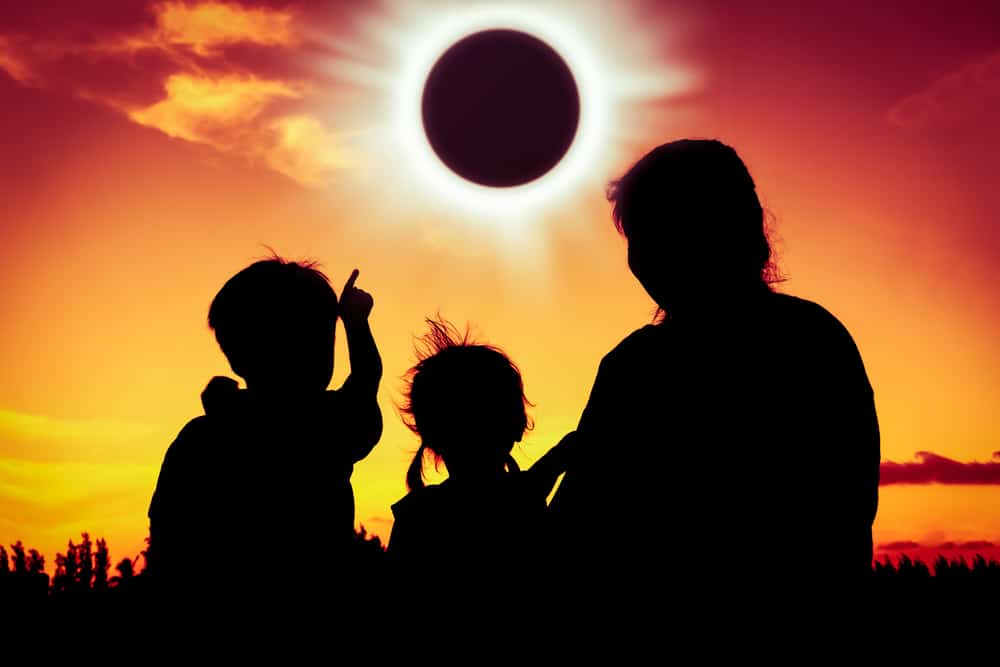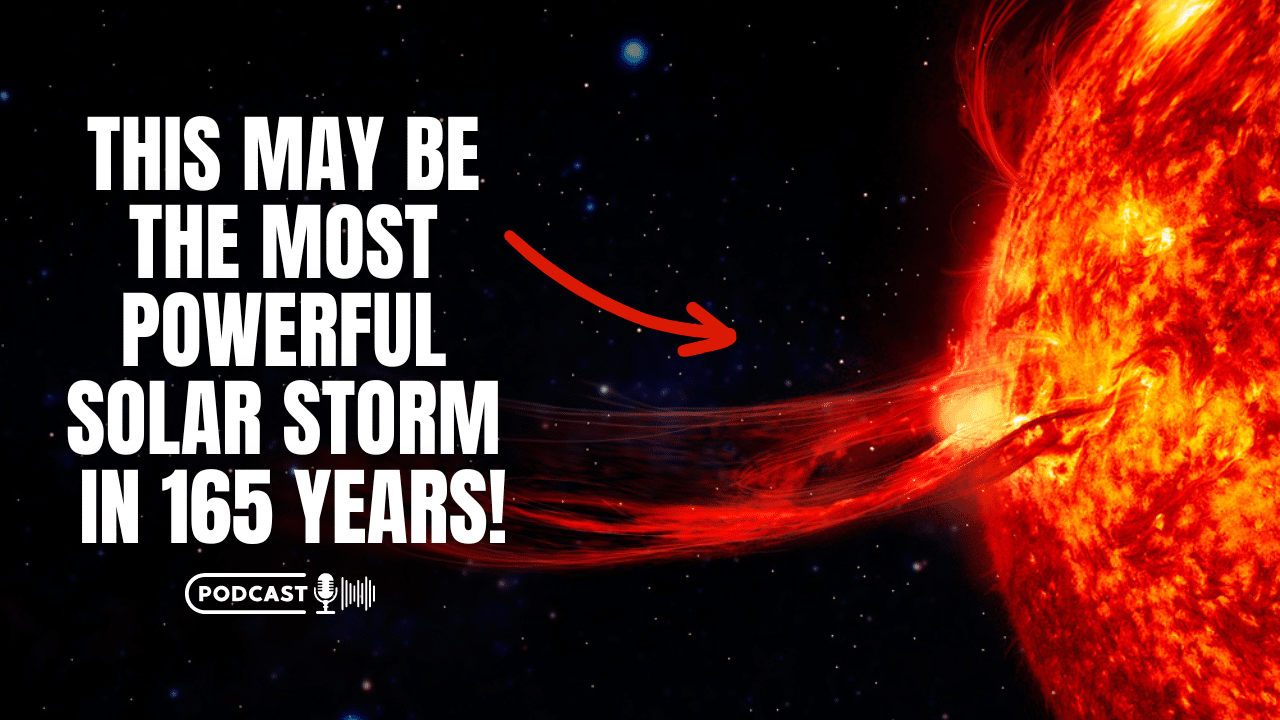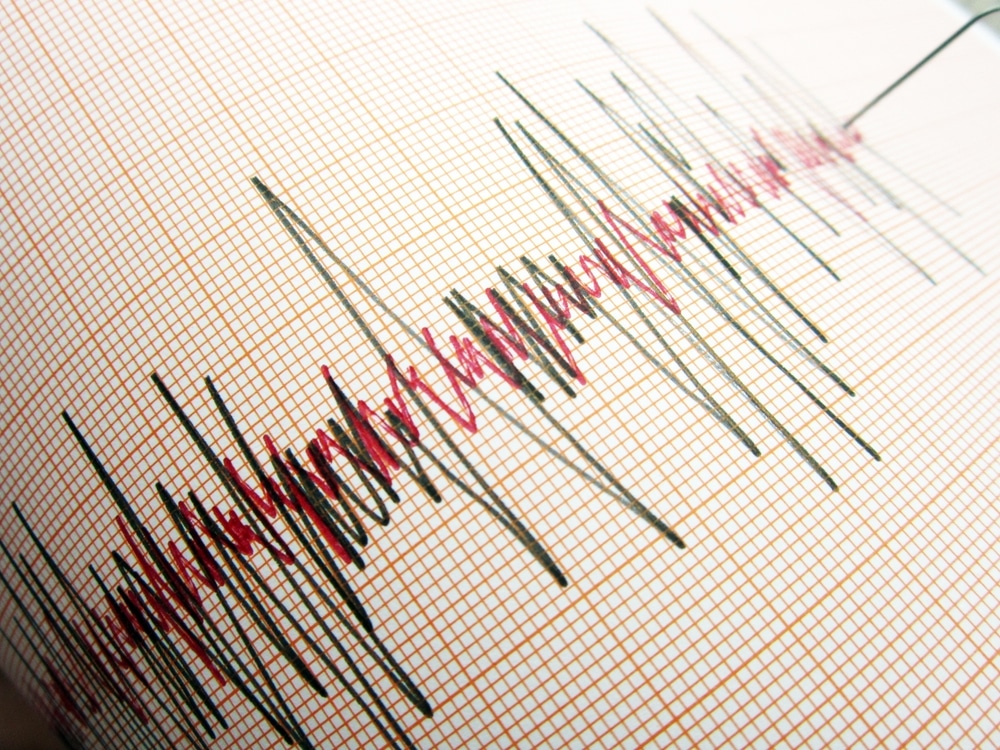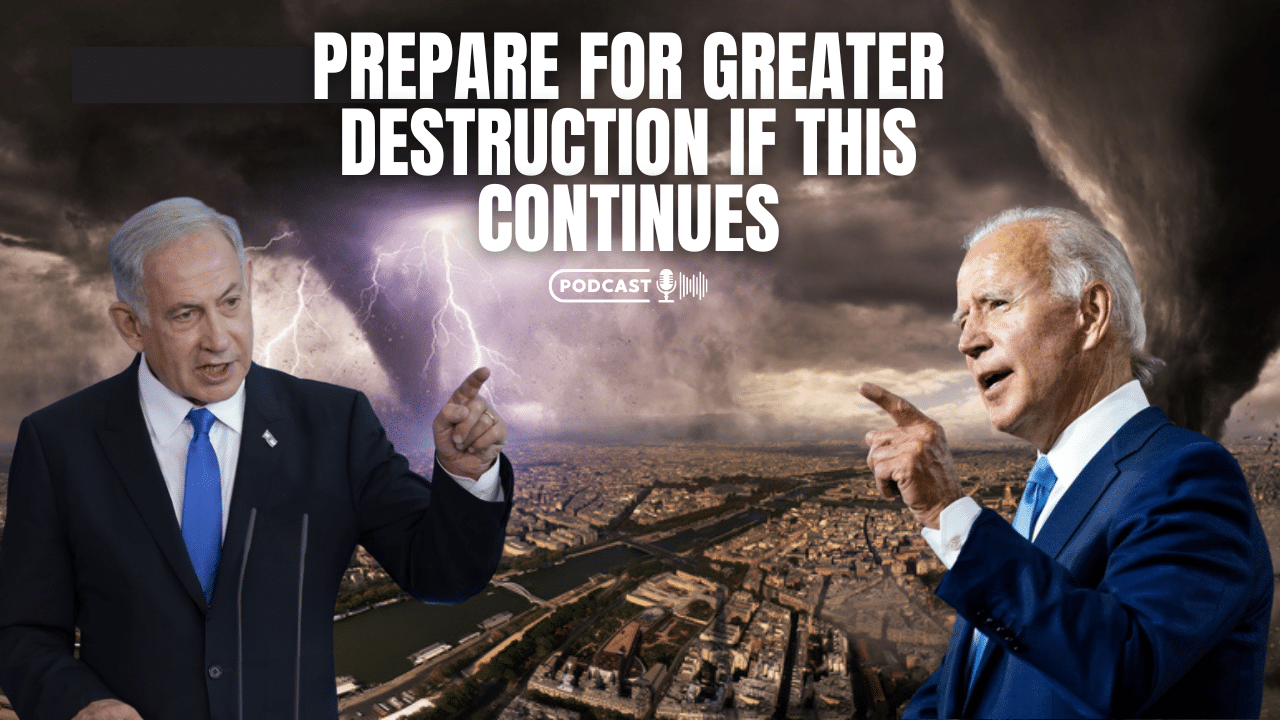In 75 days, a total solar eclipse will come to North America, throwing parts of 15 U.S. states into a rare darkness during the day, alongside parts of Mexico and Canada.
It’s happened before, most recently on August 21, 2017, but 99 years ago today—on January 24, 1925—a landmark total solar eclipse came to the U.S northeast that divided one of the biggest cities in the world into the eclipse haves and have-nots.
That day, totality struck just after sunrise, as seen from parts of Minnesota, Wisconsin, Michigan, Pennsylvania, New York, Connecticut, Massachusetts and Rhode Island.
The city of New Haven, Connecticut, saw totality for the longest—at 2 minutes—but this eclipse was most famous for what happened in Manhattan in New York City.
A total solar eclipse can only be viewed from within a narrow path of totality, which that day was 103 miles wide. Millions saw it in the New York metropolitan area and the northeastern U.S. on a brilliantly clear but freezing day, reports GreatAmericanEclipse.com.
At the time, it would have been the most viewed solar eclipse in history. Among the viewers were seven scientists in the airship USS Los Angeles, a U.S. Navy airship that carried 500 pounds of telescopes and other skywatching gear, according to History Net.
Around it were 26 airplanes, while in Manhattan, 149 volunteers staked out Upper Manhattan block by block and reported back to scientists what they saw, according to Space.com. The idea was to confirm the southern boundary of the path of totality.
That boundary had been predicted to be 83rd Street, cutting Manhattan in two. Everyone to the north was supposed to glimpse a totally eclipsed sun, while everyone to the south merely a partial eclipse.
There is no comparison between the two, with totality bringing darkness in the day and the chance to see the sun’s corona with the naked eye. A partial solar eclipse—even with 99.9% of the sun’s disk covered—must be viewed through solar filter glasses. No darkness, no corona. In the event, 96th Street proved to be the boundary—and the eclipse came four seconds late.

















